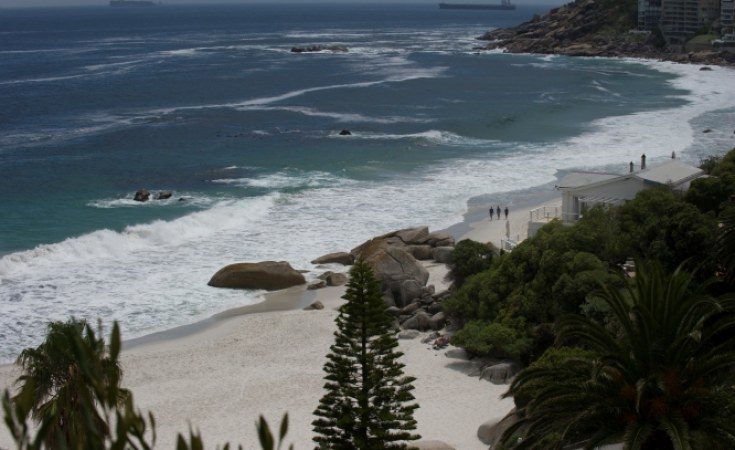Cape Town — Researchers have announced the discovery of the wreck of a Portuguese slave ship in which an estimated 200 Mozambicans died when the ship sank just off Cape Town more than two centuries ago.
Iziko Museums of South Africa will host the official announcement of the discovery in Cape Town later Tuesday. However, one of the museum complex's American partners, the Smithsonian Institution in Washington, DC, made an early announcement in the American media beginning last week.
In details published on the Smithsonian's website, museum officials were quoted as saying that the wreck was originally discovered by treasure hunters in the 1980s but that it was mistakenly thought to have been a Dutch ship.
Subsequent research by a coalition of African and U.S. agencies has shown that the ship was the São José-Paquete de Africa, which was sailing from Mozambique Island to Maranhao, Brazil, carrying more than 400 captives into slavery when it ran onto submerged rocks about 100 metres off Camps Bay in December 1794.
The ship was so close to the shore that it was able to fire a cannon calling for help. The ship's crew and about half the enslaved people were saved, but about 200 slaves died.
A Smithsonian press release said a private memorial service was being held near the site of the wreck on Tuesday to honour "the enslaved Mozambicans who lost their lives or were sold into slavery ..." Modern-day Camps Bay is an upmarket beachside tourist hub popular with foreign tourists.
The discovery of the wreck is significant, according to Lonnie G. Bunch of the Smithsonian, "because there has never been archaeological documentation of a vessel that foundered and was lost while carrying a cargo of enslaved persons."
He added: "The São José is all the more significant because it represents one of the earliest attempts to bring East Africans into the trans-Atlantic slave trade - a shift that played a major role in prolonging that tragic trade for decades.”
Artifacts from the wreck will be on display when the Smithsonian opens its new National Museum of African American History and Culture in Washington next year. Among objects found are a wooden pulley and iron ballast which was used to stabilise ships, counteracting the shifting weight of people being transported.
Archeologists led by Iziko's Jaco Boshoff have so far explored only a small part of the wreck area, which is buffetted by turbulent water.
Rooksana Omar, CEO of Iziko Museums says: "The story of the Saõ José's more than an African story. It is a story that transcends time, space, place and identity. It is a global story of our inter-connectedness as a human race. It is a story of migration and of untold human wrongs.
"The São José slave shipwreck site reverberates with historical significance and represents an addition to our underwater heritage that has the potential to advance knowledge and understanding of slavery, not only at the Cape but on a global level. The São José narrative, while linking with sites such as the Iziko Slave Lodge, where many enslaved Mozambicans were incarcerated, simultaneously opens up opportunities for links with sites of enslavement in Mozambique and Brazil."


